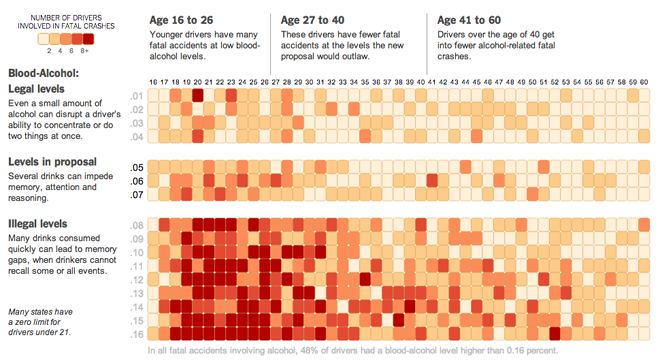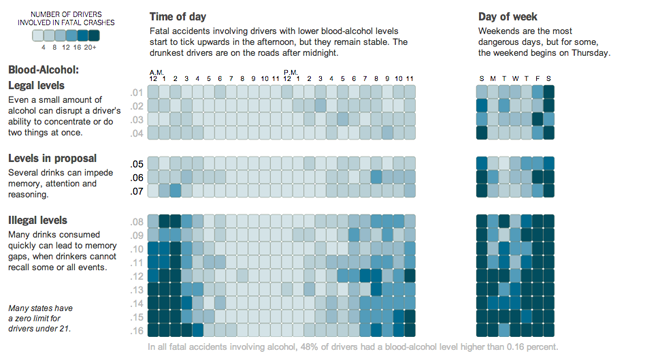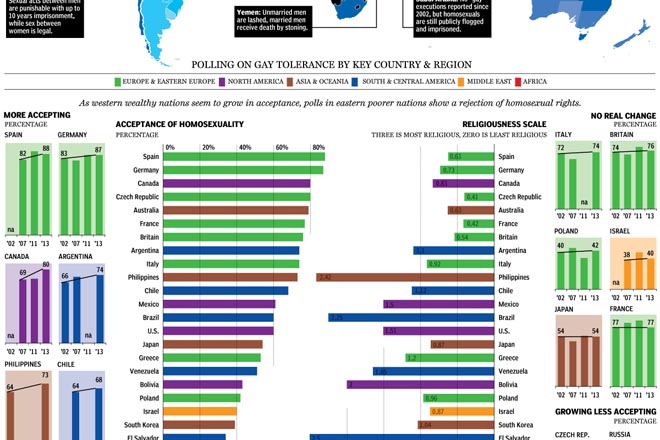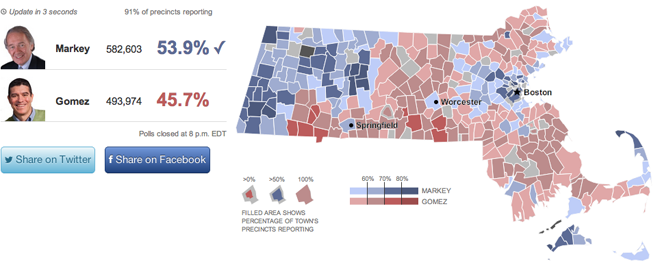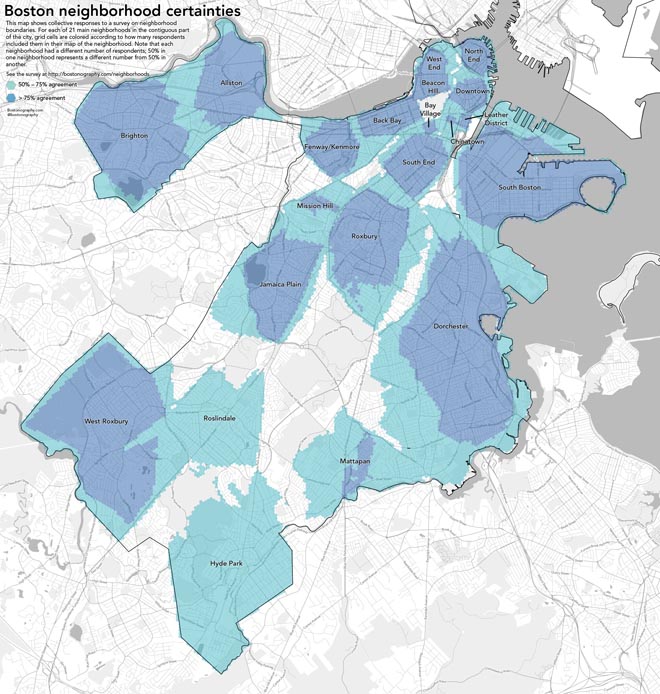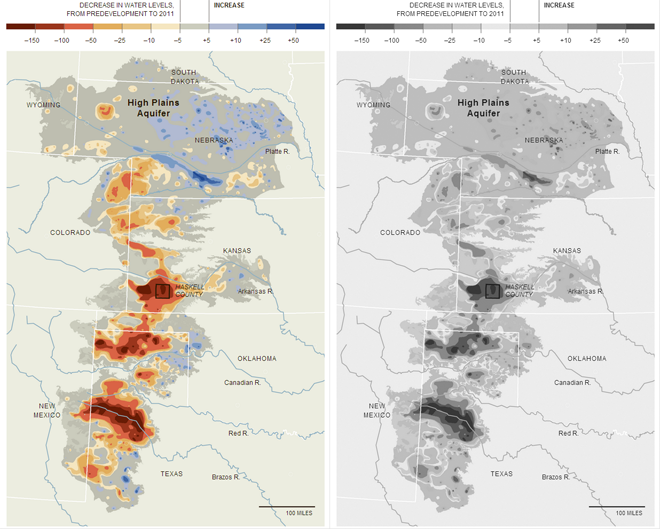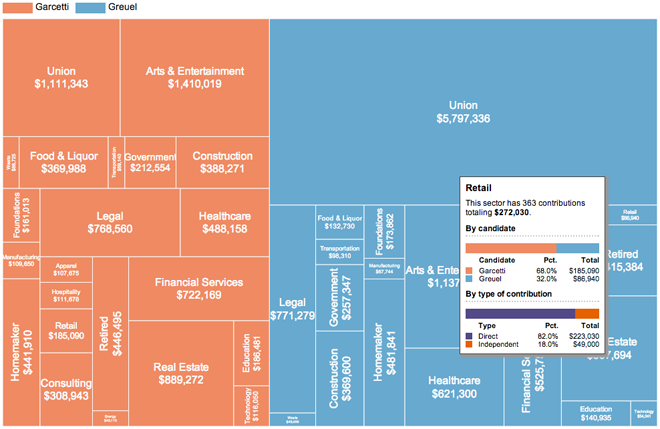Line charts can be a great way of looking at the impact of event over a metric over a set period of time. But what happens when you want to look at multiple metrics over that same period of time?
In this example from the New York Times, we have a series of line charts examining the impact of Federal Reserve actions over several years. Instead of attempting to conflate and confuse the issue by combining multiple charts into one, the designers chose to construct a vertical-running story that is linked by running narration. The final piece looks at four metrics: Federal Reserve assets, the S&P 500 index, the unemployment rate, and the labour force participation rate.

The use of the coloured bars in particular works to create and enforce the vertical narrative. The colour consistency across the four charts also aids in that effort. While an option like four small charts could have worked in one visual screen space, you would likely lose much of the detail and fidelity in the lines.
Credit for the piece goes to the New York Times graphics department.

